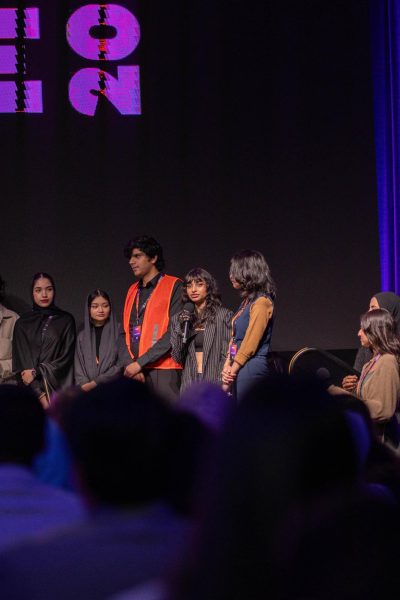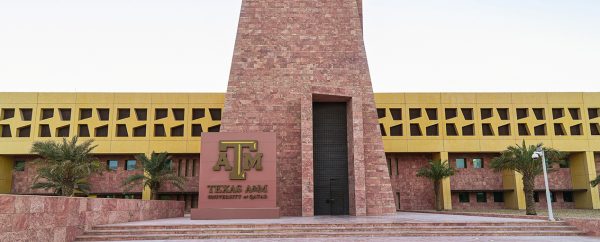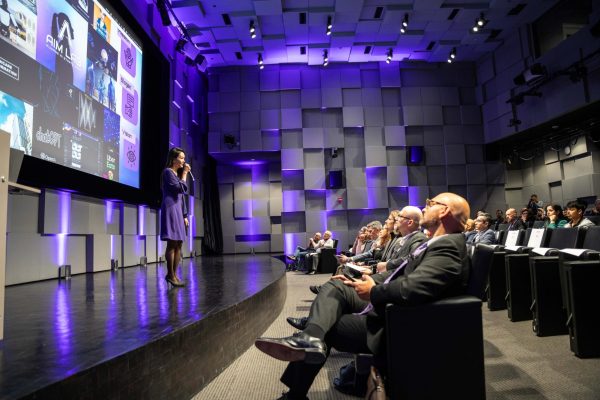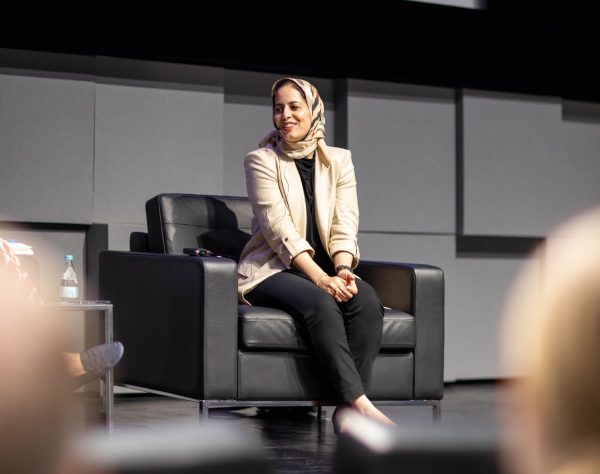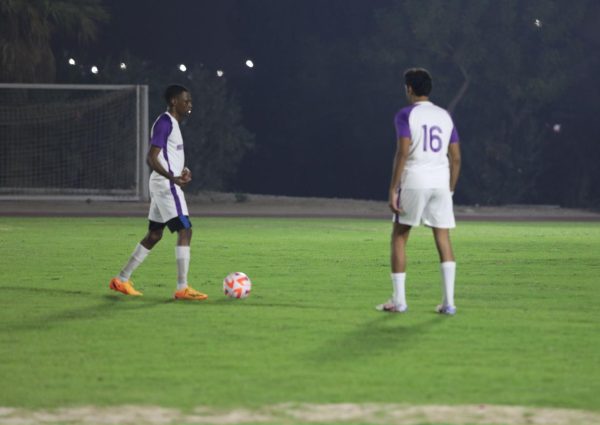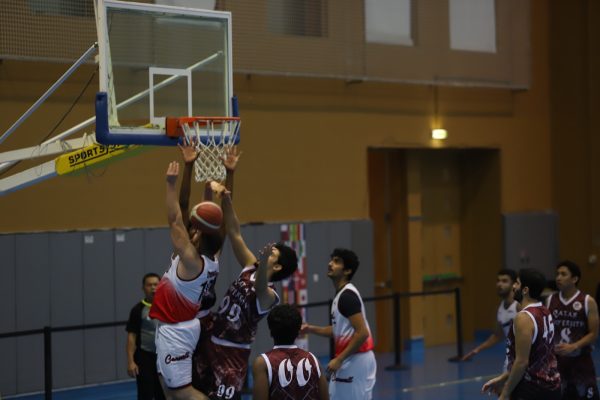Journalism students express concern about curriculum changes
The journalism program at Northwestern University in Qatar has undergone significant changes in the last three years, leading to rising concern among students about not getting enough journalism experience during their freshman year, among other issues.
In 2015, NU-Q decided to have freshmen enter with their majors undeclared so that students would get the opportunity to explore both communication and journalism fields through core courses that are the same for all students. This curriculum, which was officially established in 2016, was meant to give students more time and exposure to both majors before having to choose.
“First-year students used to have to declare when they came in…and the feeling was the students did not understand what they were going into… [the curriculum] is changing because the whole world of information is being transformed,” said Mary Dedinsky, director of the journalism and strategic communication program at NU-Q.
However, this change has not been well received by some students, especially those who had their eyes set on journalism from the very beginning.
“I think [the communication courses were] pretty useless. Like, I loved the class but it really didn’t help me in my journalism degree. If anything, I could’ve taken more journalism classes instead of communication classes and finished my requirements so I could take more higher-level journalism classes instead,” said Sana Hussain, a sophomore at NU-Q.
Limited exposure to courses involving intensive journalistic skills has also left some current freshmen wondering if they really can excel in the field.
“We didn’t get an actual journalism class in the second semester [of freshman year],” said Razan Ghadban, a current freshman.
“In the first semester, we never got to write anything, which is not journalism…you had to make a decision before experiencing [journalism],” added Nada Qaddourah, also a freshman.
Dedinsky said the changes were made to give students a taste of both majors. She added that she welcomes student feedback.
Another concern is the changing format of the MIT 190 Media Construction class, which teaches how to use camera equipment and create videos and films. All students must take the course in the second semester of their first year. However, due to the large number of students in the freshman class, the class was offered as four different sections. Four professors, two communication and two journalism, taught their own section. As a result, two sections focused on producing journalistic videos, while the other two sections focused on narrative-style filmmaking. Not many first years were aware of this change when registering for classes for the spring semester.
In response to this, Dedinsky said, “everybody is supposed to get the same courses in the first year” and that she welcomes this feedback.
“We want you to be facile in moving back and forth between different programs and looking at the opportunity as being not just a reporter,” she added.
The new changes seem to have addressed past concerns about the program, including the fact that journalism freshmen now have the opportunity to learn how to use more diverse camera equipment and editing software, as well as now have increased access to equipment in the cage, where university-owned equipment can be lent for student use.
“We don’t have to spend time teaching you Adobe Premiere, we don’t have to teach you how to go out and shoot [next semester]. We will teach you how to polish that, but we can start storytelling much faster,” Dedinsky noted.
The journalism department is open to feedback and wishes to work with students to improve their academic experience, she said, adding that the “curriculum is a living, breathing thing, especially in an area [journalism] that is changing so rapidly.”
Other concerns have long been raised by journalism students prior to these changes. One such concern is the fact that there are less journalism electives on offer compared to the communication program.
“They [communication majors] have a lot more options… in the journalism major, a lot is planned out for you,” said Ghadban.
However, there is a reason for this: “We insist that two-thirds of all your courses be in the liberal arts,” Dedinsky explained. “You get the opportunity to take different courses… a media person needs to know about the big broad world.”




